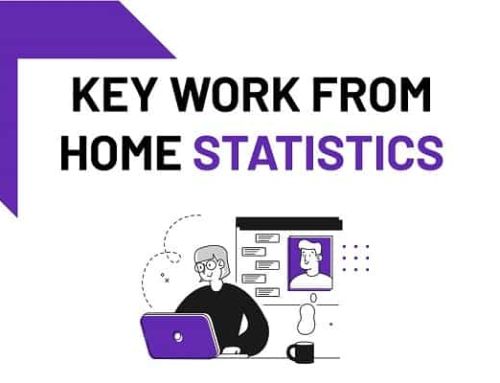Constructive feedback is an umbrella term that many mistake for being synonymous with ‘positive feedback’. The truth is any feedback can be constructive as long as it is specific and gives the recipient the tools to build on their work and improve their performance. Naturally, by its very nomenclature, ‘negative feedback’ sounds negative – but that doesn’t mean it can’t be constructive. So how can you use negative constructive feedback to have a positive outcome?
In fact, you need to look at one of the biggest problems with positive feedback: it makes it very difficult to be precise about mistakes and failures that have occurred. Use positive feedback when there is a negative issue to be addressed, and your colleague is sure to sense that you are hiding your true feelings and beliefs. Conversely, tactfully put negative feedback can help to clear the air. Everybody knows what went wrong and why, and a problem that is acknowledged becomes an opportunity for discussion and growth.
This is not to say that you should start yelling the moment you feel you have some negative criticism to express. Negative feedback can still be felt in the gut, after all. But approached with maturity, tact, and empathy, it can help you out of a corner. A good way to start is by asking the recipient to review their own work. That way, they may stumble upon the negative criticism first – and either way, they will experience what is to come as a dialogue rather than as a telling-off. Be sure to stay specific, and concentrate on concrete issues such as technique, targets, and results, rather than personal issues such as attitude or personality.
Negative feedback is most fruitful when there is already a culture of negative criticism in the office – which is not to say that everybody is always criticizing each other, but rather that everyone understands the language and purpose of negative feedback when it becomes necessary. To start developing that culture in your place of work, check out this new guide to negative feedback from Headway Capital. You’ll be surprised at the positive effect it can have!







Leave A Comment